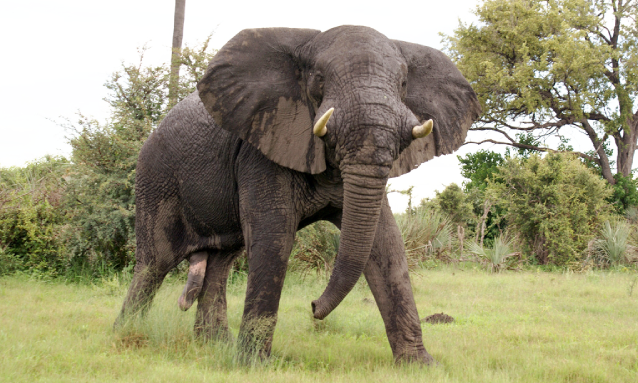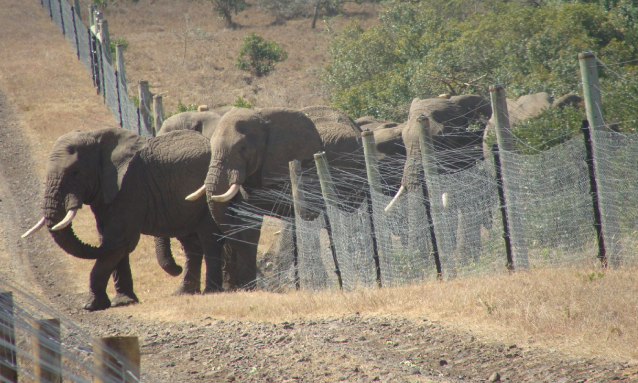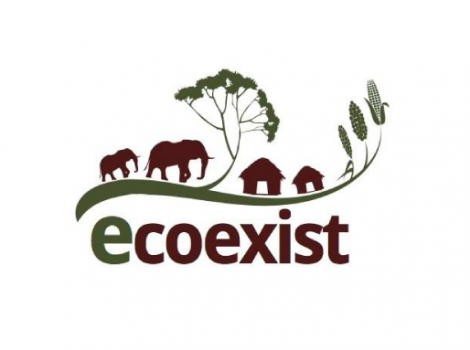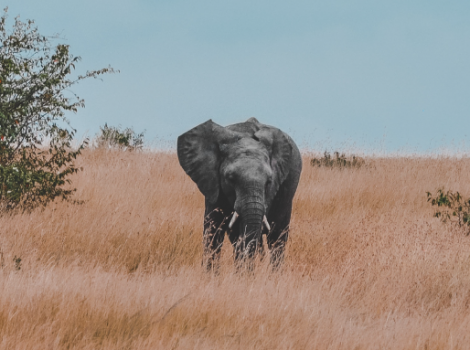
Botswana has a population of about 2.2 million people and an estimated 134,000 elephants, the largest population of elephants in Africa, only about 20 to 30% of which live within protected areas. A survey conducted by the Botswana Department of Wildlife, through incident reports, recorded 1,212 crop conflicts and 1,013 livestock conflicts in the district of Chobe, 1,919 crop conflicts and 5,666 livestock conflicts in Ngamiland, and 1,712 crop conflicts and 8,254 livestock conflicts in the Central district between 1994 and 2006.
1. Where and why is human-wildlife conflict happening?
Human-wildlife conflict is most concentrated and impactful within agricultural regions where human population growth begins to encroach on animal territory. Elephants, for example, the largest mammal to walk the earth, need to eat enough roots, grasses, fruit and bark to sustain their large bodies. This means that an elephant can destroy a poor farmer’s livelihood in one night. This is a big problem in rural parts of Africa.
Human population growth, agricultural intensification and wealth creation has limited the living space and resources for both humans and animals, creating conflict. Animal eating preferences and migration patterns play a big role in the rivalry. People farm near water and tend to harvest in March and April, at the same time as elephants migrate to large bodies of water.
2. What kind of losses do wildlife cause?
Wildlife can cause destruction to crops, livestock, infrastructure and human lives. It’s important to picture the kind of farmers we are speaking about — these farmers are the poorest of the poor, with farms only about double the size of my office. When an elephant tramples a fence, and eats all of a person’s crops, that’s it. The situation is worse when a woman is the head of the household, because agriculture for women is food security, essential to feed families, as opposed to cattle which is kept for wealth and usually raised by men.

3. What approaches have worked to reduce conflict?
- Chili pepper plant fences – Chili pepper plants surrounding the plants were used to deter elephants, because elephants do not like their smell or taste. An added advantage is that people can also sell chili peppers for additional income. Another version of the Chili pepper fence is to hang up a cloth infused with chili paste around to perimeter of the crops.
- Burning chili pepper bricks – The burning of chili pepper bricks, with the help of the wind, sends the strong smell of chili peppers in the direction of elephants and discourages them from coming closer, even from a long distance. These bricks are formed with elephant dung, chili pepper seeds and grease, so that they burn longer. They have proven to be very effective.
- Bee fences – This approach was successful for one man who took good care of his perimeter of bee hives. Bees are used to deter the Elephants from coming close by.
- Electric predator proof fence kraals – Only one of these fences was constructed in the village of Lesoma, otherwise known as the “Sand Tribe”, and it was sturdy and high enough to fend off animals looking to prey on crops and livestock.
- Livestock guard dogs – These dogs, when well trained, were able to fend off animals in many cases from lion and cheetah attacks. The dogs had to be constantly re-evaluated so that the interaction between them and the guarded animals didn’t become violent.
- Early maturing seeds – Seeds planted and harvested fast enough to reap a benefit before the migration of the elephants was also an effective way to minimize conflict.
- Alternative livelihoods in tourism sector – training young adults to work in the wildlife tourism industry, so that they rely more on the preservation of these animals to earn an income, creating more positive attitudes among humans toward wildlife.
4. What has not worked or proven difficult?
All of the methods described above worked for at least one person in our co-existence study. The tricky part is convincing people to try a small solution, such as growing chili pepper fences and keeping bees, in order to solve a big problem, which has only gotten worse with time and population growth.
It was also hard to train people to use the beehives, and peppers. These are very unique skills that take a lot of practice and patience. It takes time for people to learn, see and trust the results. The farmers need to attend their crops and livestock and often complained that they did not have time to learn and apply these new methods.
5. What are your predictions for human-wildlife conflict for the next 10-15 years?
It is very hard to tell. If people and wildlife learn to live in harmony, then there will be less conflict in Botswana, as well as other countries where the same techniques can be applied.
People who have used the methods with an open mind and have made them work, encourage others to pick up these techniques and motivate young people to preserve wildlife. Only then, with the animals still alive and their habitats still intact, will there be a steady flow of income from tourism.
Source: Claudia Sobrevila / World Bank
Image by Justin Hall




You are doing a very good job. This is what people in the affected areas need to learn about this human wildlife conflict issue